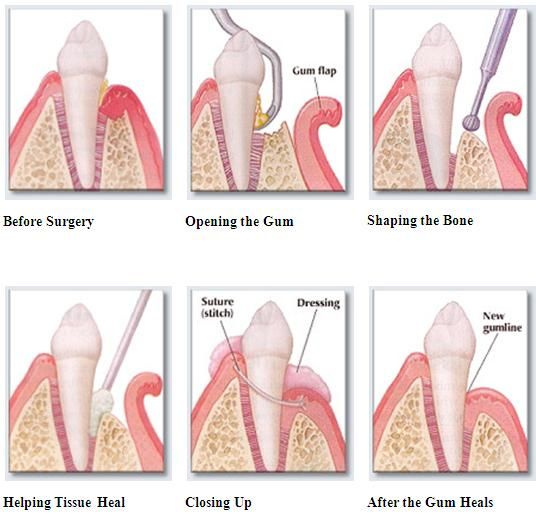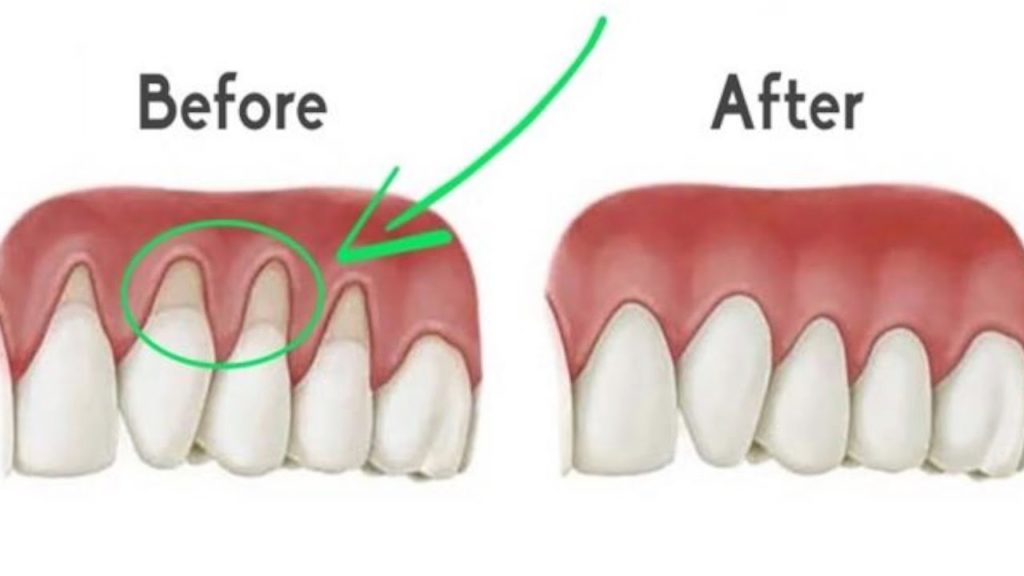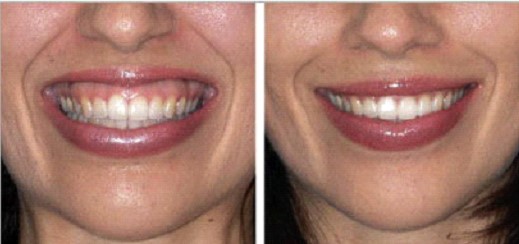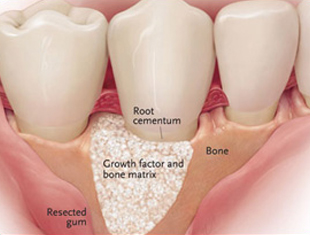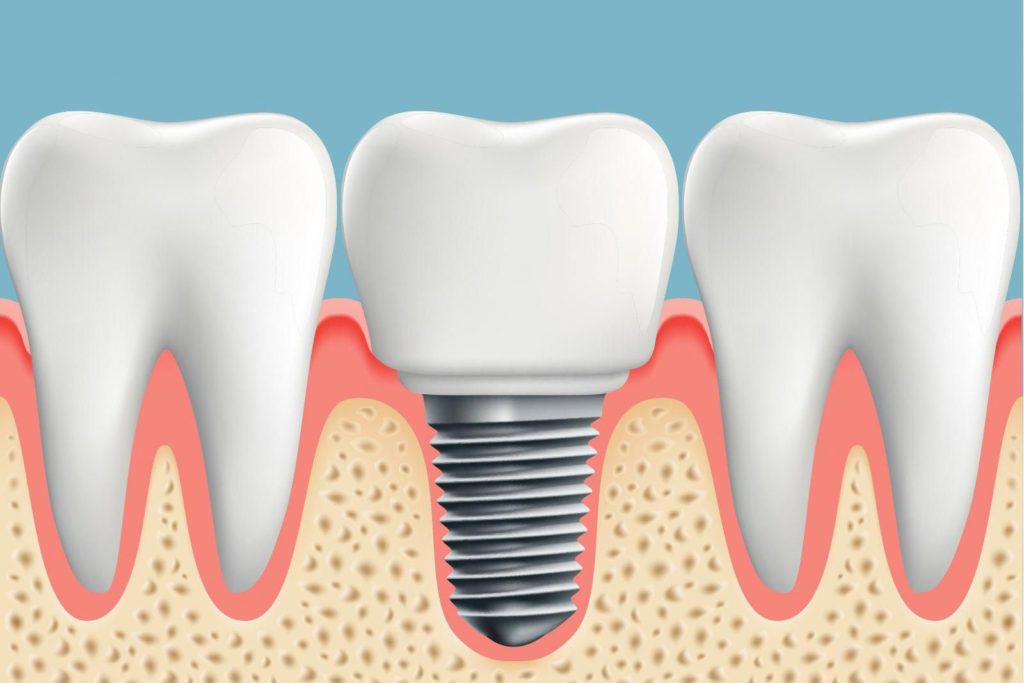Periodontal Treatment
Periodontal Treatment
Periodontists are dental specialists who are responsible for treating gum disease, also called periodontal disease, and treat any esthetic concerns regarding gums. They can perform surgical and non-surgical procedures. We at Bible Hill Family Dentistry work closely with Periodontal specialists and often refer cases to them that require specialized treatment to the gums.
DIAGNOSIS
To determine a diagnosis and treatment plan, your dentist may:
⦁ Review your medical and dental history
⦁ Examine your mouth
⦁ Take dental X-rays
⦁ Measure periodontal pockets depth: The dentist will place a periodontal probe in the sulcus between your gums and teeth. In a healthy mouth, the pocket depth is usually 1-3 mm. Pockets deeper than 4 mm may indicate an underlying periodontal problem.
NON-SURGICAL PROCEDURES
⦁ Scaling and root planning: Consists of cleaning the root surfaces to remove dental plaque and calculus that has accumulated in periodontal pockets. You may also require antimicrobials or antibiotics as part of the treatment plan.
When non-surgical periodontal procedures do not achieve periodontal health, surgery may be indicated to restore it.
SURGICAL PROCEDURES
⦁ Pocket reduction surgery: During this procedure your periodontist will fold back the gum tissue and will remove dental plaque and bacteria before securing the tissue into place. The dentist may use a dental laser to access and remove the inflamed gum tissue from around the root of the tooth, before scaling begins.
⦁ Gum graft surgery: Exposed tooth roots are the result of gum recession. Gum graft surgery can cover roots or develop gum tissue in excessive gingival recessions. Also, this technique protects roots from decay, may reduce tooth sensitivity, and improve your overall esthetics.
⦁ Dental crown lengthening: During dental crown lengthening, excess bone and gum tissue is removed or reshaped to expose more of the natural tooth.
⦁ Periodontal plastic surgery: Surgeries like lip reposition, which is used to treat gummy smile.
⦁ Bone grafting: Bone graft helps prevent tooth loss by holding your tooth in place. The material also helps for natural bone regrowth.
⦁ Guided tissue regeneration: This allows the regrowth of bone that was destroyed by bacteria.
⦁ Dental implants: The procedure in which an artificial titanium-based dental root is placed into your jaw bone to hold a replacement tooth, bridge or denture.
Images

